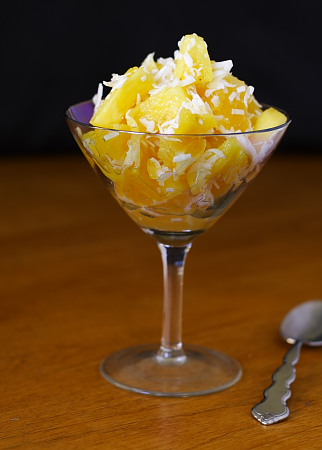Brazil is a large country that is made up of many different cultures. Each region has a different food specialty. The Portuguese arrived in Brazil in 1500 and brought their tastes and styles of cooking with them. They brought sugar, citrus fruits, and many sweets that are still used for desserts and holidays. The Brazilian "sweet tooth" was developed through the influence of the Europeans. Brazilians use many eggs, fruits, spices (such as cinnamon and cloves), and sugar to make sweet treats, such as ambrosia. They also use savory (not sweet) seasonings such as parsley and garlic. Other nationalities that settled in Brazil were Japanese, Arabs, and Germans. More than one million Italians had migrated to Brazil by 1880. Each immigrant group brought along its own style of cooking.
Long before the Europeans arrived, however, the Tupí-Guaraní and other Indian groups lived in Brazil. They planted manioc (a root vegetable like a potato) from which Brazilians learned to make tapioca and farofa , ground manioc, which is similar to fine breadcrumbs. It is toasted in oil and butter and sprinkled over rice, beans, meat, and fish. As of 2001, farofa was still used as the Brazilians' basic "flour" to make cookies, biscuits, and bread.
Here is an example of one their recipes.

